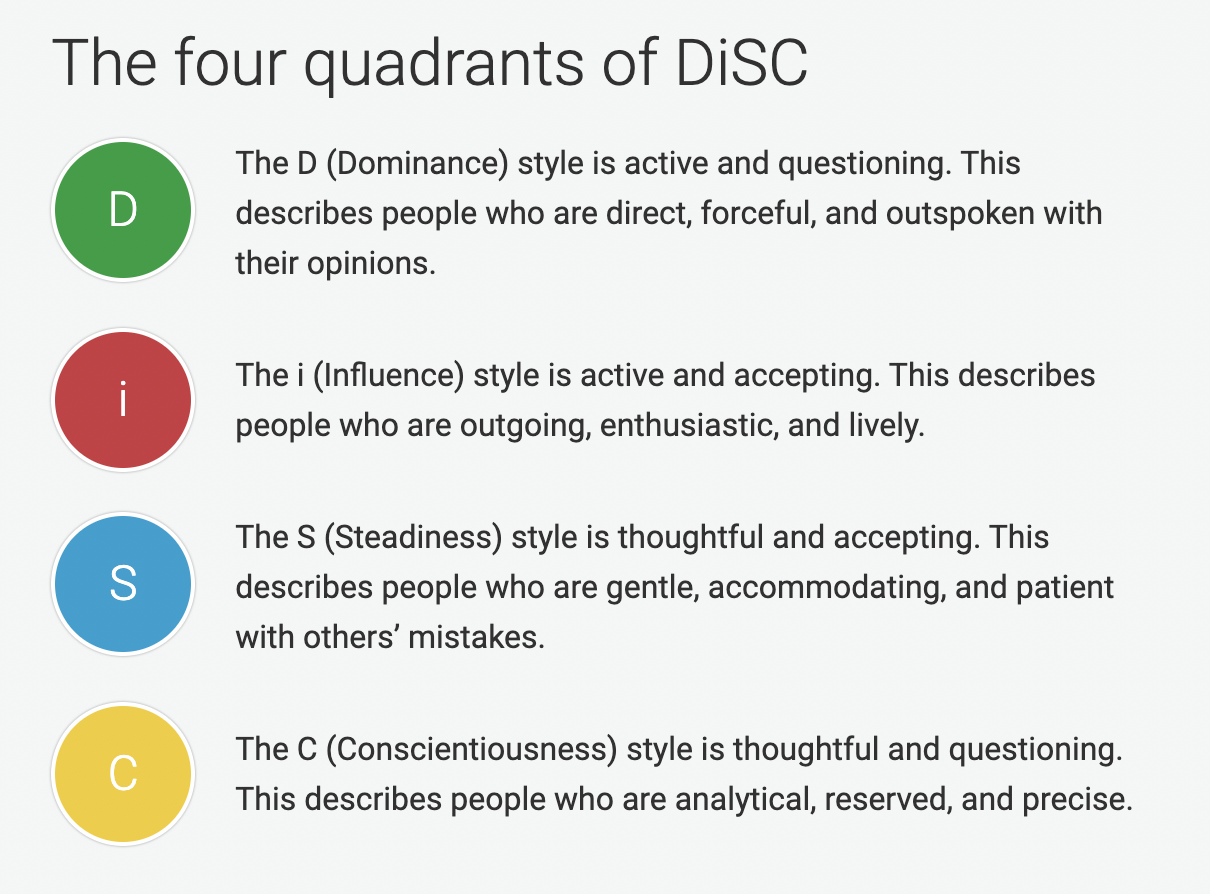5 essential tips for managing poor performance
While it may seem daunting and time-consuming, addressing poor performance is critical for building a high-performing team. Not only that, terminating an employee without proper consideration or due diligence can be a risky move for your business.
Recruiting, hiring, onboarding and training a new employee can be costly — and letting go of personnel is rarely easy for managers. It’s generally advisable to give employees plenty of time to improve while also providing the tools they need to grow. The goal is to get your employee to meet expectations instead of having to start over. That extra effort may prove fruitful, especially if the employee transforms their behavior.
1. Clearly communicate expectations
For every job, there should be a clear, detailed job description. If you don’t have anything formalized, you should start with outlining the functions and responsibilities of each role. You should also know what it takes for employees to be successful in each role, and it’s essential that your employees know this, too.
Don’t assume your employees can read your mind. Newly hired employees often have their own perspectives on expectations and standards, which don’t always align with what their new boss has in mind. Clearly defining each job makes it easier for them to understand what their new role requires of them – and to pinpoint and correct any problems.
Similarly, your progressive discipline policy should already be established and documented, outlining how discipline will take place should you need to go there. This helps ensure every issue is handled consistently and fairly.
2. Be a good coach
Rather than seeking to discipline them, aim to coach your employees, both new and existing, on a regular basis. This consists of giving informal feedback on what they’re doing right as well as what they need to improve. Think of a football coach: He gives praise for a good pass or a solid tackle, but he doesn’t hesitate to point out the missed catches and holes in the defense.
Without this feedback, you can’t expect your employees to know when they’re underperforming, until it’s too late and their poor performance has turned into a serious issue.
3. Write it down
Documentation is key. If you don’t write something down, it can be argued that it didn’t happen. Even informal conversations written in a notebook can be helpful and count toward documentation.
You’re probably thinking: Documentation takes time. Time you don’t have. That is understandable, however, writing things down will help should you have to defend any decisions down the road.
Here are some examples of important communications to collect:
- Electronic communications
- Phone conversations
- One-on-one chats
- Unprofessional or subpar behavior in group settings
- Feedback and complaints from co-workers, managers or clients
4. Consider a performance improvement plan
Let’s say you’ve provided ongoing coaching, but you’re not seeing improvement, or you see some major concerns with performance that coaching has failed to improve. This would be a good time to develop a performance improvement plan (PIP).
Performance Improvement plans aren’t typically used for behavior issues or policy violations, but, rather, should be implemented to bridge a skills gap or point out where development is necessary. A PIP should articulate specifically what the problem areas are and give detailed goals for what the employee must do to correct these.
Here’s an example of a PIP:
“Sally Brown has been submitting reports with numerous grammatical, spelling and technical errors. As an effort to help her improve, within the next 30 days, Sally needs to complete Business Writing 101 as well as utilize grammar and spell-checking tools before submitting reports. Technical data should be reviewed by the engineering department. We will meet again next Tuesday to review progress.”
The timeline given for improvements should be reasonable. Some deficiencies are quicker to fix than others.
Finally, make sure your employee signs an acknowledgement form to confirm that they understand what’s expected of them.
5. Initiate Progressive Discipline
In situations where a policy is being violated, progressive discipline might be the better way to go. Use this option to address things such as attendance, communication and other behavioral issues. Progressive discipline generally starts with a verbal counseling, followed by written counseling, and then, depending on the situation, a final written warning or a suspension before moving to termination.
Here’s an example of how to word an attendance-focused counseling:
“Joe Smith has been late every Monday since the beginning of the year. Joe must arrive at work before the start of each work shift and clock in on or before his start time. He must promptly return from scheduled break times and work until the end of each shift. Improvement needs to be immediate, marked and sustained. Failure to improve punctuality issues and work all scheduled shifts in their entirety could result in discipline up to and including termination.”
If you conduct verbal counseling, send a follow-up email to your employee to document the conversation. The employee’s signature would not be required at this time, but it doesn’t hurt to obtain confirmation.
Written counseling is similar to the PIP in that it should clearly outline areas that the employee needs to correct. Again, in writing, detail specifically what you have observed that needs to improve and how this should be accomplished.
In addition, the written counseling document should make clear that improvement needs to be immediate marked and sustained.
Employees should sign this form after you’ve discussed it with them. This doesn’t mean they have to agree with what you’ve documented; their signature simply indicates that they’ve received the counseling statement.
Source: Dawn Motsiff, Insperity
“I learned to always take on things I’d never done before. Growth and comfort do not coexist”
– Ginni Rometty
Did you know this about disc?
DiSC is an assessment that aids with effective communication




